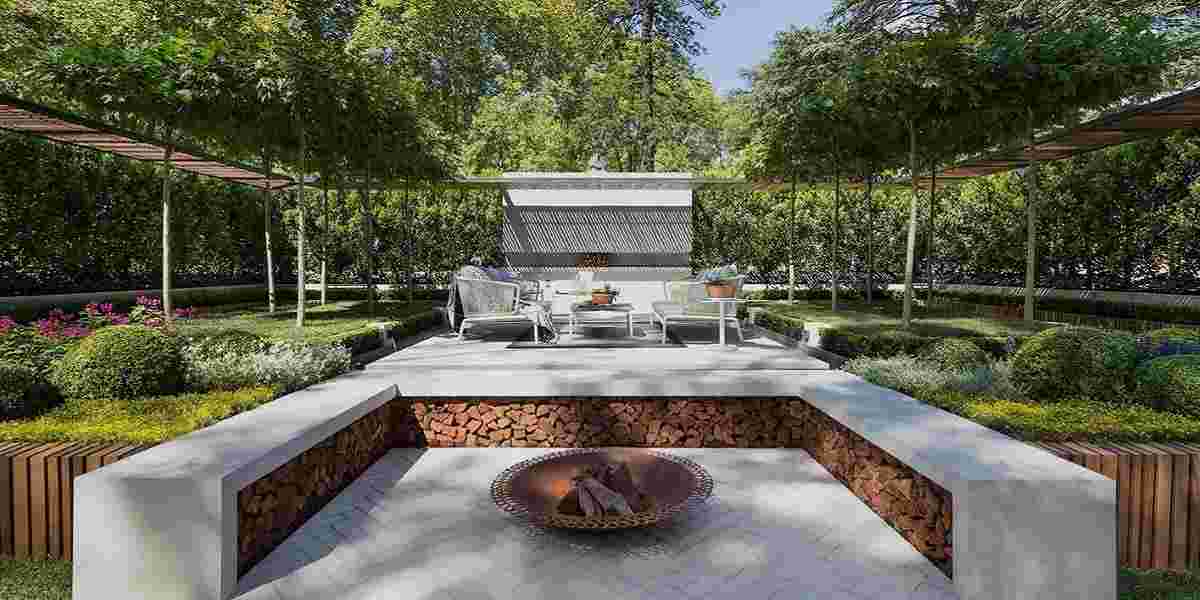Sustainability has been on many people’s minds in recent years. We want to use less energy and chemicals, and we want to spend less money. This is all possible with a sustainable landscape design.
What does a sustainable landscape design look like, and how can you create one for yourself? Read on to find out.
Understanding the Principles of Sustainable Landscape Design
Before you can create a landscape design that emphasises sustainability, it helps if you know what it is. Sustainability in a landscape design incorporates many things, such as water saving, energy saving, biodiversity, produce growth, and pollution reduction.
You might incorporate all of these factors into your design or simply a few. However, having an awareness of them all can allow you to put more thought into the design process to make sustainability your priority.
Step 1: Measure
For accuracy and precision when purchasing products for landscaping, and the landscape process itself, make sure you measure everything. Draw the shape of your property and its boundaries on a piece of paper and measure along the edges.
Measuring the positioning of plants and trees that you’ll be keeping in place can also help you decide how to work around them and make the most of the space.
Step 2: Perform a Site Analysis
While you might think a sketch of what you want is enough to create a sustainable garden, a site analysis could be necessary. This analysis details anything that could impact how well your garden performs and thrives.
For example, you might highlight boggy areas of your section that don’t drain well and identity both shady and sunny areas. Even the soil type, tree positioning, and any pathways and slopes can feature in the analysis before landscaping gets underway.
Step 3: Consider Your Budget, Wants, and Needs
If you’re going to be landscaping yourself, put together a document outlining your budget, wants, and needs. This is essentially a client brief in the landscaping world.
When sustainability features in your design, you might look at having a vegetable garden, fruit trees, a rain garden, and native plants.
Research the costs involved with buying and installing all features so that you can finish the entire design without spending more than you intended.
Step 4: Think About Placement
The goal of building a sustainable garden is to ensure its creation has minimal impact on the environment regarding energy usage. Therefore, put thought into placement.
Place fruit trees near vegetable gardens to minimise water wastage during watering, and turn bog zones of your property into havens for frogs. You can then add frog-friendly plants like kangaroo paw, kangaroo grass, and soft water fern.

